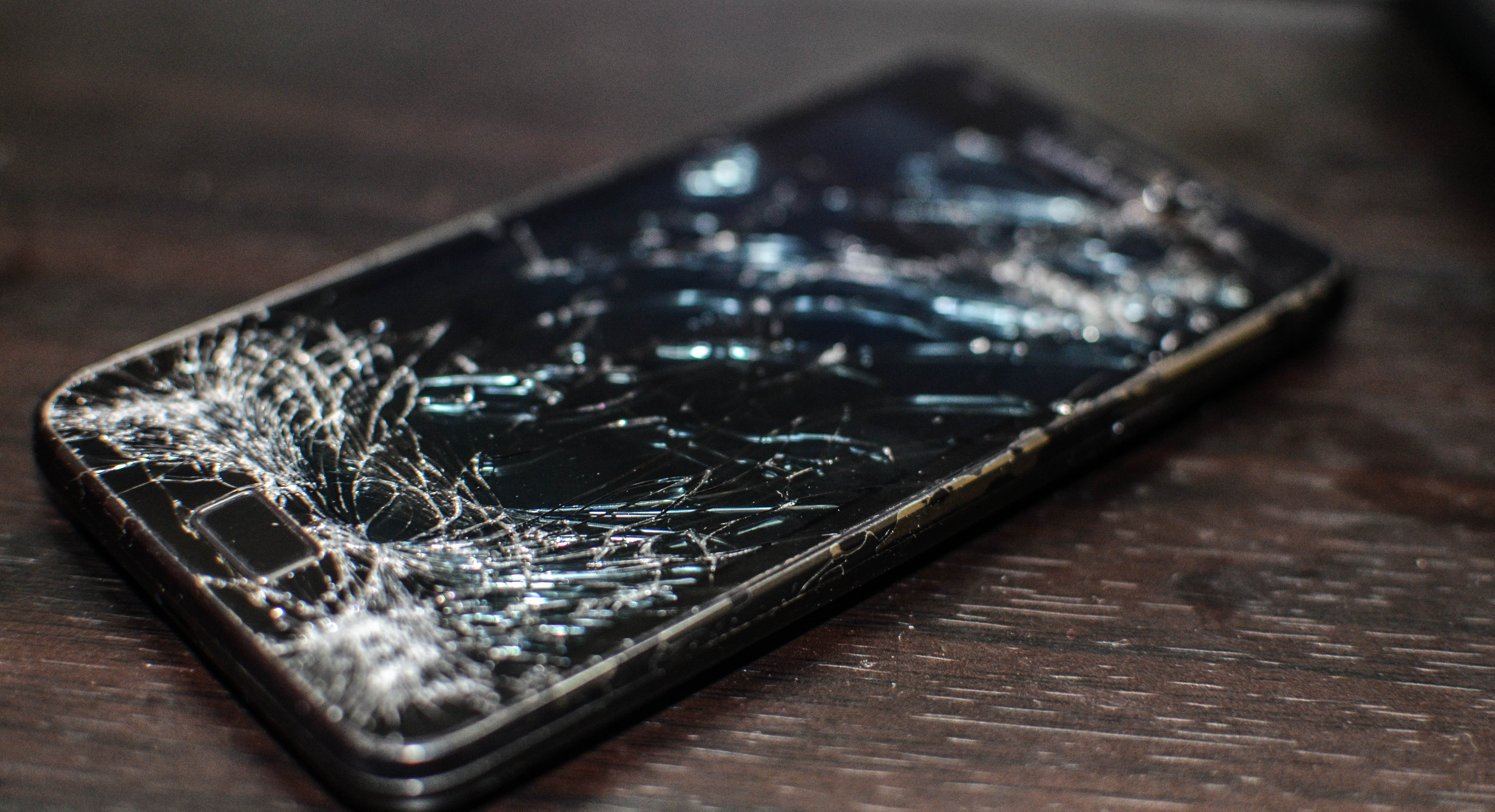At a Glance
- Scientists developed a LiDAR system capable of capturing 3D images up to 1 kilometer away with millimeter-level precision, even in challenging conditions.
- The system captures single photons using a superconducting nanowire single-photon detector (SNSPD) and operates with low-power, eye-safe lasers.
- The LiDAR can see through obstacles like camouflage nets, smoke, and foliage, outperforming traditional cameras in cluttered environments.
- Researchers tested the system on a university campus, capturing detailed 3D images of faces and objects up to 325 meters away, even in daylight.
- Scientists plan to extend the system’s range to 10 kilometers, with potential applications in security, surveillance, search-and-rescue, and space exploration.
Scientists have developed a cutting-edge LiDAR system capable of capturing high-resolution 3D images up to 1 kilometer away, with incredible detail. The system, whose details and scientific background were outlined in a study published in Optica, uses a single-photon time-of-flight technique to measure the distance between objects and the device by calculating how long light travels to the target and back. This remarkable technology can produce clear images even in tough conditions, such as when objects are hidden by foliage or camouflage netting. This could improve security and surveillance systems, enabling them to see through smoke or fog or even identify objects in cluttered environments.
The system achieves these impressive results thanks to a highly sensitive detector called a superconducting nanowire single-photon detector (SNSPD). This detector can capture single photons—tiny particles of light—and can work with low-powered lasers that are safe for human eyes. To further improve accuracy, the system was designed to work with advanced timing equipment, measuring time intervals down to trillionths of a second. This allows the LiDAR system to resolve features as small as 1 millimeter, even from hundreds of meters away.
Researchers tested the new LiDAR system in various environments, including the Heriot-Watt University campus. The system captured detailed 3D images of human faces and custom 3D-printed targets from distances of up to 325 meters. The system’s high resolution means it can distinguish objects just centimeters behind obstacles like camouflage nets, something traditional digital cameras might struggle with. The team also used an eye-safe laser to ensure safety while obtaining the images, which were clear even in broad daylight.
While the team has tested the system at a range of 1 kilometer, they plan to extend it to distances of up to 10 kilometers in future experiments. With further development, this technology could revolutionize fields such as surveillance, search-and-rescue operations, and even space exploration, where imaging distant objects with high precision is critical. The LiDAR system’s potential to see through environmental obstacles could also significantly improve applications like facial recognition and tracking human activity.
References
- Optica. (2025, February 6). Single-photon LiDAR delivers detailed 3D images at distances up to 1 kilometer. Phys.Org; Optica. https://phys.org/news/2025-02-photon-lidar-3d-images-distances.html
- McCarthy, A., Taylor, G. G., Garcia-Armenta, J., Korzh, B., Morozov, D. V., Beyer, A. D., Briggs, R. M., Allmaras, J. P., Bumble, B., Colangelo, M., Zhu, D., Berggren, K. K., Shaw, M. D., Hadfield, R. H., & Buller, G. S. (2025). High-resolution long-distance depth imaging LiDAR with ultra-low timing jitter superconducting nanowire single-photon detectors. Optica, 12(2), 168. https://doi.org/10.1364/OPTICA.544877










